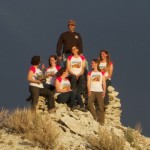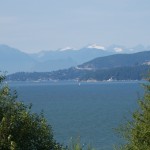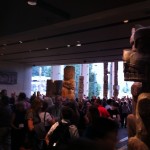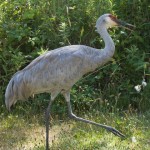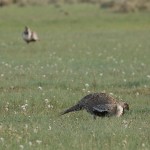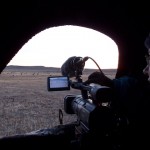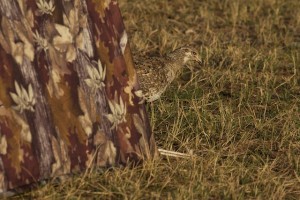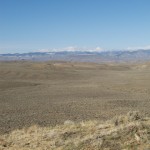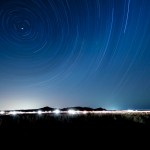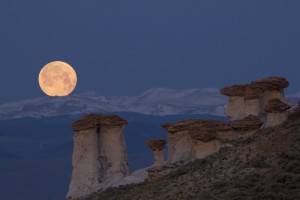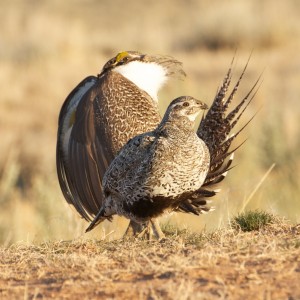 For a variety of reasons including wanting to expand the size of our crew, we are looking for an additional one or two assistants for our rapidly approaching field season. Dates potentially a little flexible, but we really need people comfortable driving an ATV (even better if received agency training or certification). Feel free to contact me with any questions.
For a variety of reasons including wanting to expand the size of our crew, we are looking for an additional one or two assistants for our rapidly approaching field season. Dates potentially a little flexible, but we really need people comfortable driving an ATV (even better if received agency training or certification). Feel free to contact me with any questions.
Anyway, here’s the revised advertisement:
FIELD ASSISTANTS (1-2) needed approximately March 3 – May 5 (dates potentially flexible) for investigations of the behavior and ecology of Greater Sage-Grouse near Lander, Wyoming and the scenic Wind River Range. The projects are part of a larger effort in Prof. Gail Patricelli’s lab at UC Davis to understand how sexual selection shapes sage-grouse display behaviors- see the following websites for more information (http://www.eve.ucdavis.edu/gpatricelli/) and (http://www.alankrakauer.org). Assistants will use video and audio recording technology to support an NSF-funded study of courtship dynamics and display plasticity on the lek. Duties include maintaining camera and acoustic monitoring equipment, observation of basic courtship behavior and lek counts, GPS surveying, habitat characterization, assisting in the capture of adult sage-grouse, data entry, and some computer and video analysis. Assistants must be flexible in their needs and comfortable living and working in close quarters in a remote field station, and able to work in adverse field conditions (mainly MUD and COLD). Work will be daily and primarily early in the morning, with afternoon and night work required as well. Applicants must have a valid driver’s license, basic computer skills, ATV experience (ideally with formal safety training or certification), and have succeeded in at least one field biology project in the past. Wilderness First Aid or First Responder, and prior experience spotlighting for sage-grouse, preferred but not required. Must be able to show proof of United States employment eligibility. Assistants will receive $600/mo plus room and board, but need to provide their own transportation to Lander and their own personal gear. Please send a cover letter, resume, and contact info (email and phone) for two (2) references to: Alan Krakauer, Department of Evolution and Ecology, University of California Davis, One Shields Avenue, 2320 Storer Hall, Davis, CA 95616, or preferably by email to ahkrakauer [at] ucdavis.edu. The positions will remain open until filled, and review of applications will begin immediately.

